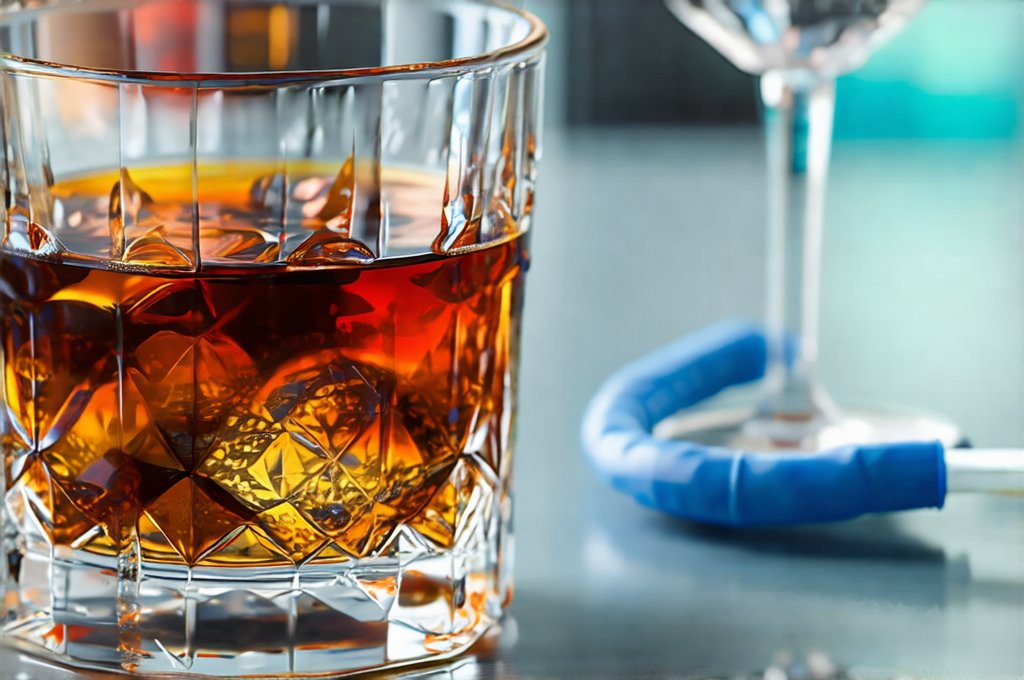Alcohol is one of the most widely consumed substances globally, deeply woven into many cultures and social interactions. While often perceived as a harmless social lubricant, its physiological effects are far-reaching and can significantly impact various bodily systems. For individuals experiencing bladder irritation – a common symptom associated with conditions like overactive bladder (OAB), interstitial cystitis (IC), or urinary tract infections (UTIs) – even moderate alcohol consumption can exacerbate symptoms, transforming what might be a mild inconvenience into debilitating discomfort. This is due to the complex interplay between alcohol’s chemical properties and the intricate mechanisms governing bladder function and sensitivity.
The link between alcohol and worsened bladder irritation isn’t merely anecdotal; it stems from several biological processes that affect both the bladder itself and the nervous system controlling it. Alcohol acts as a diuretic, increasing urine production, which puts more stress on an already sensitive bladder. More significantly, alcohol is known to have inflammatory effects throughout the body, potentially worsening inflammation within the bladder lining, a hallmark of conditions like IC. Furthermore, alcohol can disrupt nerve signals and increase sensitivity to pain, amplifying the perception of bladder discomfort. Understanding these mechanisms is crucial for individuals seeking to manage their symptoms effectively and improve their quality of life. Considering how bladder problems increase with age in women can impact overall health, understanding alcohol’s role becomes even more important.
The Diuretic Effect & Bladder Capacity
Alcohol’s diuretic effect is one of the primary ways it exacerbates bladder irritation. This isn’t simply about drinking a lot of fluid; alcohol specifically suppresses the release of vasopressin, also known as antidiuretic hormone (ADH). ADH normally signals the kidneys to reabsorb water back into the bloodstream. When ADH is suppressed, the kidneys excrete more water, leading to increased urine production. This puts significant strain on the bladder, forcing it to expand and contract more frequently. For someone with a sensitive or irritated bladder, this constant filling and emptying can be incredibly uncomfortable.
The impact of alcohol’s diuretic effect isn’t limited to the volume of urine produced; the speed at which it’s produced is also important. Alcohol doesn’t just cause you to produce more urine overall—it causes a rapid increase in urine production, overwhelming the bladder quickly and potentially leading to urgency and frequency. This can be particularly problematic for individuals with OAB or IC, who already struggle with these symptoms. Essentially, alcohol amplifies an existing problem, making it harder to control urination.
Finally, the diuretic effect is compounded by the fact that many alcoholic beverages are themselves fluids. Combining the fluid content of the drink with the increased urine production due to ADH suppression creates a double whammy for the bladder. This means even relatively small amounts of alcohol can lead to significant bladder irritation, especially if consumed quickly or in large quantities. To help counteract this effect and maintain overall wellness, it’s important to learn how to stay hydrated without bladder irritation in women.
Inflammation & Nerve Sensitivity
Beyond its diuretic effects, alcohol’s impact on inflammation and nerve sensitivity plays a critical role in worsening bladder symptoms. Alcohol consumption triggers an inflammatory response within the body, releasing pro-inflammatory cytokines – signaling molecules that promote inflammation. While this is part of the immune system’s normal function, chronic or excessive alcohol use can lead to persistent low-grade inflammation throughout the body, including the bladder lining. In conditions like interstitial cystitis (IC), where bladder inflammation is a central feature, this inflammatory boost from alcohol can significantly worsen symptoms like pain and pressure.
Alcohol doesn’t just increase inflammation; it also directly impacts nerve sensitivity. It disrupts the normal functioning of the nervous system, leading to increased nociception – the process by which the brain perceives painful stimuli. This means that even mild bladder irritation may be perceived as intense pain after alcohol consumption. Furthermore, alcohol can lower the threshold for pain perception, making individuals more sensitive to discomfort in general.
This combination of increased inflammation and heightened nerve sensitivity creates a vicious cycle. Inflammation irritates the bladder lining, which triggers nerve signals indicating pain. Alcohol amplifies both the inflammation and the pain signals, leading to a significantly worsened experience. This explains why even small amounts of alcohol can sometimes trigger intense flare-ups in individuals with chronic bladder conditions.
Understanding Bladder Flare-Ups
Bladder flare-ups are periods of increased symptom severity for those living with conditions like IC or OAB. They can be triggered by various factors, and alcohol is a very common one. Flare-ups aren’t simply an increase in the intensity of existing symptoms; they often involve new or worsened pain patterns, greater frequency and urgency, and even feelings of pressure or discomfort in other areas of the body. Identifying triggers for flare-ups is essential for effective management.
- Common Trigger Factors: Stress, dehydration, certain foods (spicy, acidic), caffeine, alcohol
- Managing Flare-Ups: Rest, hydration, avoiding triggers, gentle pelvic floor exercises, and pain relief strategies recommended by a healthcare professional are all important steps.
- Keeping a Symptom Diary: Tracking symptoms and potential triggers can help individuals identify patterns and avoid future flare-ups. Understanding what makes bladder irritation worse in women is key to preventative care.
The Role of Different Alcoholic Beverages
While the effects of alcohol on bladder irritation are generally consistent, different types of alcoholic beverages may have varying impacts due to their differing compositions and ingredients. For example:
- Darker liquors: (e.g., whiskey, brandy) often contain higher levels of congeners – chemical compounds produced during fermentation that can further irritate the bladder lining and contribute to inflammation.
- Carbonated beverages: (e.g., sparkling wine, beer) can cause bloating and put extra pressure on the bladder, exacerbating symptoms. The carbonation itself can also be irritating for some individuals.
- Acidic mixers: Mixing alcohol with acidic drinks like orange juice or cranberry juice can further irritate the bladder, particularly in those with IC.
Choosing less inflammatory beverages (e.g., vodka) and avoiding sugary or carbonated mixers may help minimize bladder irritation, but it’s important to remember that any alcohol consumption carries risks for individuals with sensitive bladders.
Strategies for Minimizing Impact
For people who choose to drink alcohol despite experiencing bladder irritation, there are strategies to minimize its impact:
- Hydration is Key: Drink plenty of water before, during and after consuming alcohol to counteract the diuretic effect.
- Moderation is Crucial: Limit alcohol intake to small amounts. The less you drink, the better.
- Avoid Trigger Beverages: Steer clear of darker liquors, carbonated drinks, and acidic mixers.
- Timing Matters: Avoid drinking alcohol close to bedtime, as this can exacerbate nighttime frequency.
- Listen to Your Body: Pay attention to your symptoms and stop drinking if you experience any increased irritation or discomfort.
Disclaimer: This information is for general knowledge and informational purposes only, and does not constitute medical advice. It is essential to consult with a qualified healthcare professional for any health concerns or before making any decisions related to your health or treatment.





















